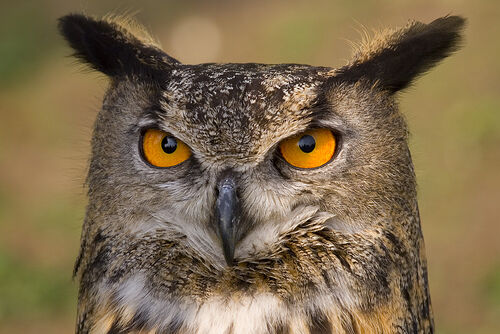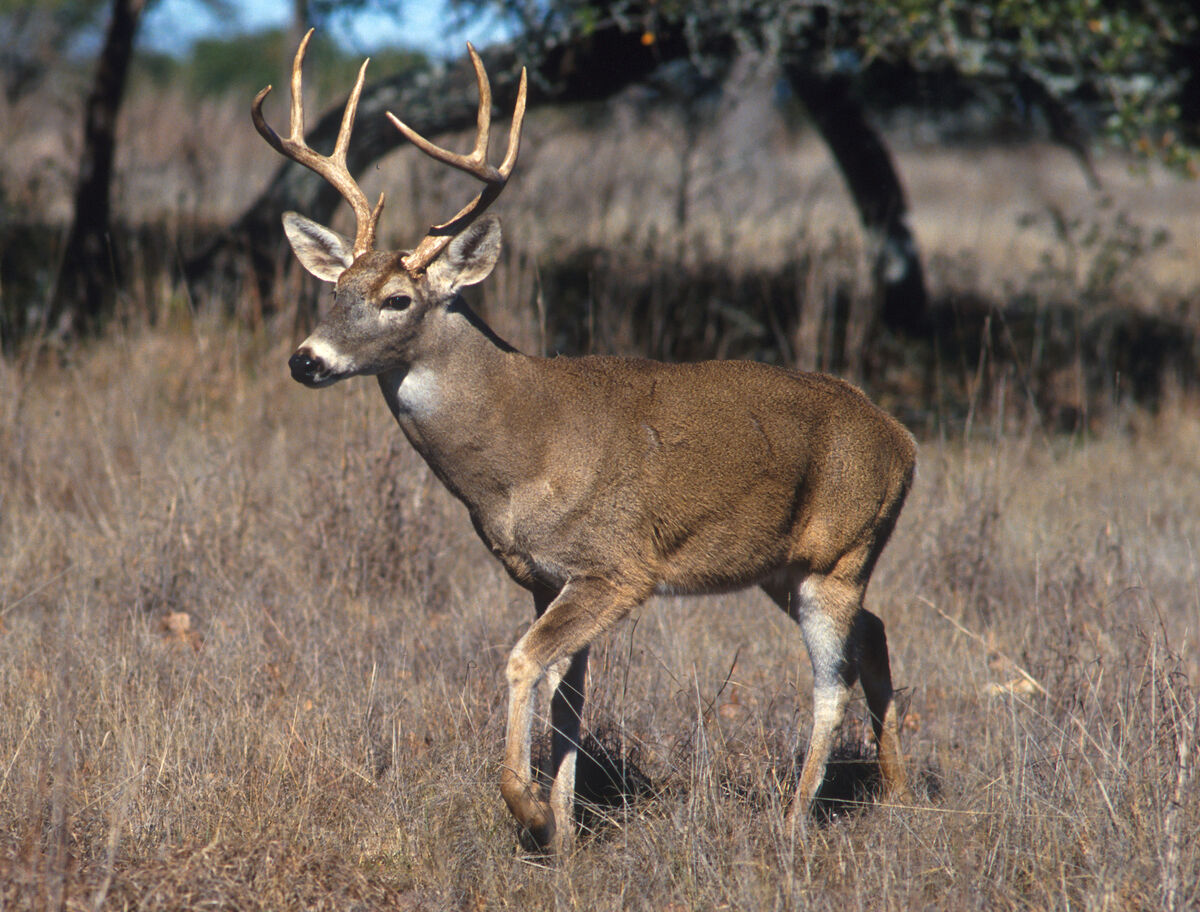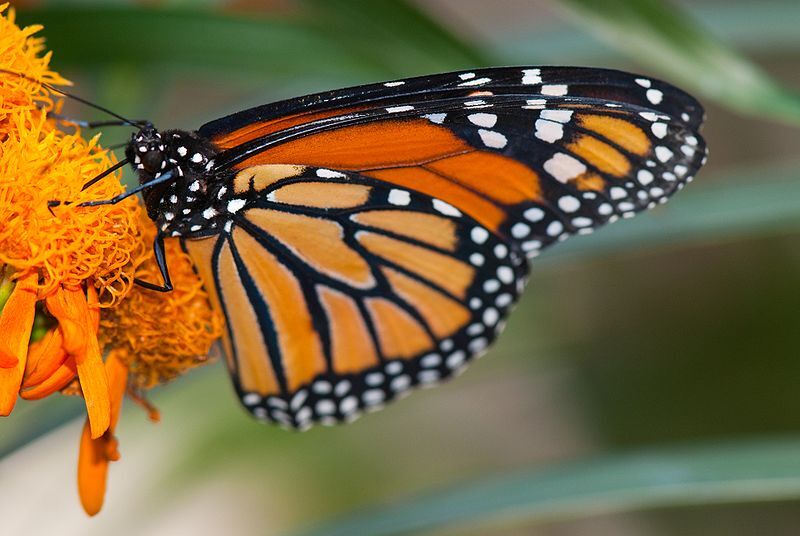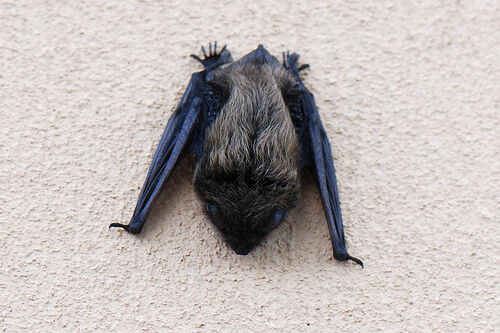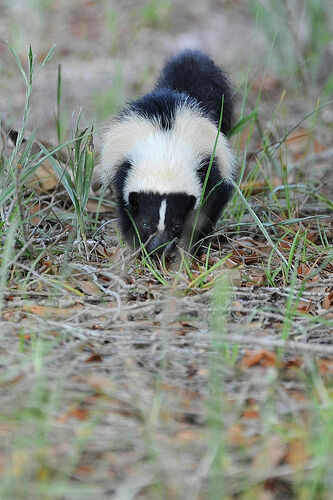Not all animals live at the same pace. Some are active during the day, while others are active at night.
The circadian cycle lasts about 24 hours and corresponds to the daily rhythm of animals.
The circannual cycle, which lasts about 365 days (one year), is used to represent migratory movements of birds or the phenomenon of hibernation—periods that last for some time during a year.
Some animals are active during the day and sleep at night. This is the case with diurnal animals. Here are a few examples.
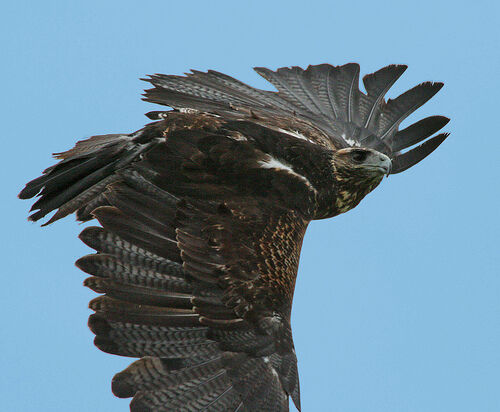
Visual acuity (the sight of animals) is one of the characteristics that distinguish diurnal animals from nocturnal animals. Animals need to see their environment well to be able to protect themselves, to hunt, to move, etc. Diurnal animals have vision that favours their activities during the day, while light is present. They can't see very well in the dark.
Animals that are only active at night are called nocturnal animals.
Nocturnal life requires that the eyes of these animals are well adapted to darkness. In fact, some animals have a round, wide pupil that has the power to dilate a lot. This physical adaptation allows the animal to capture as much light as possible at night.
The eyes of other animals have cones allowing them to clearly distinguish the details of the objects surrounding them, while rods allow them to distinguish shades of black and gray. The more developed the night vision is, the more predominant the rods will be over cones. This is the case with nocturnal birds of prey.
There are also animals that have developed echolocation to "see" at night. This is a technique used by bats that consists of uttering small shrill cries whose echo returns to the animal a few hundredths of a second following its encounter with an obstacle.
Here are a few examples of nocturnal animals.
